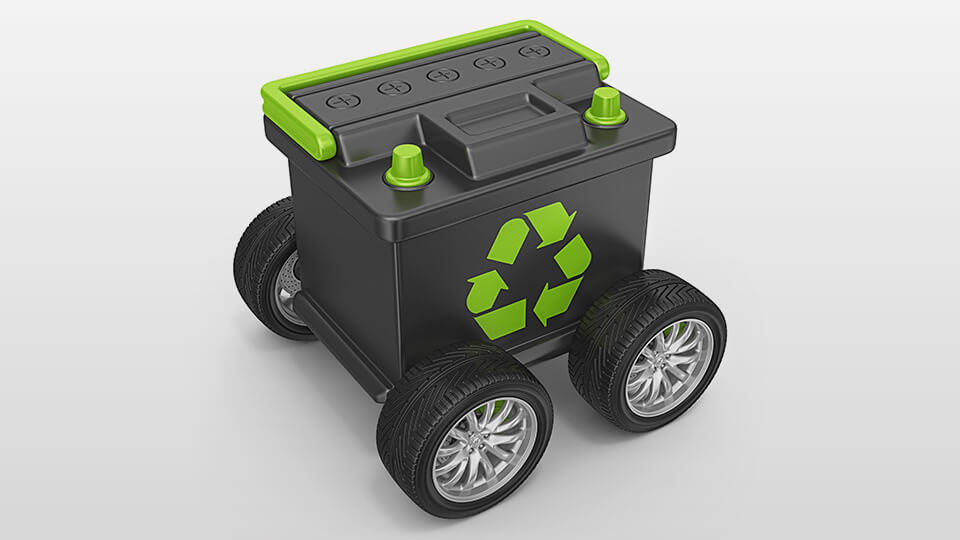The incidence of fires caused by overheating of lithium batteries is becoming a daily occurrence. Currently Australia lacks a dedicated lithium recycling facility. Just 10% of Australia’s lithium battery waste is being recycled.
Transporting lithium batteries overseas is a dangerous business. In 2023 a cargo ship containing lithium batteries for recycling caught fire off the coast of Alaska and burnt for days. Fire risk in used EV batteries is higher as they are more likely to be damaged or unsafe. The recent scrapping by the government of the $4 per tonne levy on exports due to come into force in July will ensure more waste being recycled overseas rather than here.
The damage caused by thermal runaway from lithium batteries is only now being fully appreciated by Australia’s fire services.
Large growth in lithium battery waste
With one in 5 cars globally being electric it is anticipated that more than half the cars sold by 2040 will be electric. The lifespan of each EV battery is estimated at between 5 and 8 years. Forecasts vary, but conservative estimates suggest that a 20% annual growth in Australian lithium battery waste to 136,000 tonnes per annum by 2036.
One of the many challenges in recycling lithium batteries is their instability. If a battery is punctured or short-circuits, the residual electricity can spark fires or explode. The batteries can also leak precious metals threatening leaching into the soil, ecosystems and potentially impacting our health. Battery fluid is toxic to humans and had been linked to health impacts. Especially, heart attacks, asthma, cancer, eye damage, reproductive toxicity, skin sensitisation, and kidney damage.
New Recycling Plant
Ecobatt, part of the Ecocycle group of companies is looking to build a new URT lithium battery recycling plant. Expected to be commissioned in 2026, it will process 30,000 tonnes of batteries per annum. This investment is made understanding the opportunity to recycle critical minerals from lithium batteries. Commonly known as urban mining, the opportunities to grow the increasing number of rare minerals contained in lithium batteries is significant.
For example, a battery pack in a BMW 3 series EV contains 6 kg of lithium, 35 kg of graphite, 2 kg of cobalt, 12 kg of nicked and 12 kg of manganese. By looking to recycle these materials for further use we are achieving a circular economy that is sustainable. Importantly, resulting in less damage to our precious environment.
Some commentators feel that the raw materials recovered and processed onshore will create a new industry worth more than $3 billion per annum. Australia is regarded as having some potential strategic IP in recycling of these materials. Clearly, because of their historical expertise in mining and resource recovery. Any delay in establishing this industry has major implications to our growth prospects as well as making us more reliant on exporting overseas.
Industry observers believe that the introduction of tax credits and rebates for recycling programs can create a more positive environment for investment. These policies are being used in Europe. Currently legislation is being introduced that the EU believe will lead to 63% lithium recovery from waste batteries by 2027.





